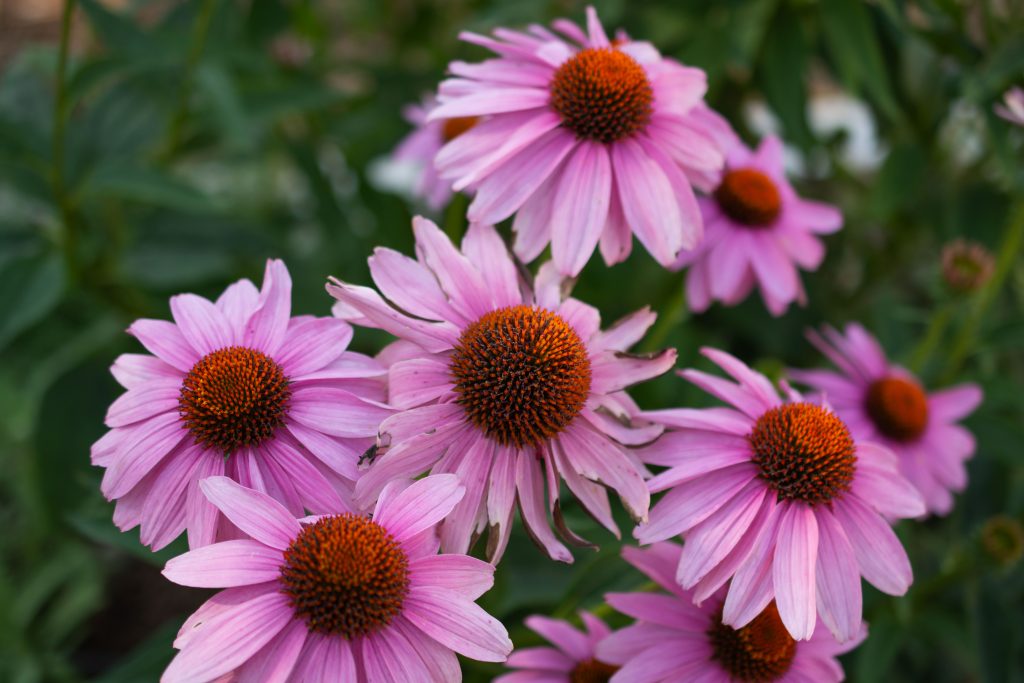General, Herff Farm
Preparing Your Fall Gardens in the Texas Hill Country
By Maura Bobbitt
One of the consolations Texans gardeners get for enduring the intense summer heat is that we get a second planting season! Fall in Texas is a second spring!
In more northern climates where people enjoy four distinct seasons and a true winter, they plant when they ground thaws, grow all summer, and then take a break from growing over the winter. Here in Texas, summer is the season that gets a little bit too intense for many plants to thrive, with a few notable exceptions. Okra and peppers are heat-loving vegetables, and flowers like zinnias and marigolds can withstand the harsh Texas sun. We can replant now to enjoy a second season of peppers, tomatoes, root vegetables, and other veggies we planted in the Spring.
The nightshade family of plants rules the summer. This fascinating plant family includes peppers, eggplants, potatoes, and tomatoes. Not all nightshades are suitable for consumption; however, it also includes Belladonna, or Deadly Nightshade, one of the most well-known poisons of yore. It gets its name from a cosmetic use of the plant. Belladonna tincture was used in the eyes to cause a dilation of the pupils, although hopefully, this practice is no longer in use. Nightshades will die off in colder temperatures, making room for new plants that will thrive in cooler temperatures.
Now is the time to remove the bedraggled-looking plants after the summer heat to make room for new plants. Remember always to add compost whenever you remove a plant. If nature had its way, that plant would break down in place and replenish the soil with its decomposition, so be sure to simulate this natural process by feeding your soil with some organic matter.
The average first frost date in Boerne is October 27th, although this varies a bit from year to year. Sometimes we’ll get lucky with a longer growing season and a later first frost like we did in 2020, but it’s always better to err on the side of caution. Be sure to check days to maturity on transplants and seeds to ensure they’ll have time to grow before the first freeze in your area.
Winter gardens in Texas can thrive until Spring as well if you’re willing to cover your plants with frost covers for hard freezes. If Nightshades rule the summer, the Brassica family has dominion over the winter months. Brassicas include kale, brussels sprouts, broccoli, cabbage, cauliflower, and mustards. Leafy greens enjoy the cooler weather, so fall is also a great time to plant your spinach and lettuces. Root vegetables like carrots, beets, and radishes can overwinter as well. You can also grow perennial herbs in the fall like mint, oregano, thyme, lemon balm, and many others.
Fall is also a great time to beef up your native plant selection. Including native plants in your garden is beneficial both for local pollinators and for you! Fall is your second chance to plant native perennials. They will die back the ground in the winter and come back with a vengeance in the Spring, welcoming the warmer temperatures back with vivacious growth year after year.
Late fall is also the time to spread wildflower seeds! Bluebonnets and other native wildflowers will overwinter and bloom first thing in the Spring, sometimes as early as February. Many non-native cut flowers will also thrive with some time in cool soil. Poppies grow well in our growing zone and can be spread as late as November for some early spring color in your garden. As always, we hope you will tour the gardens at Herff Farm on Saturdays during the Farmers Market for inspiration or join us for a gardening class to learn more in-depth about what to plant now! You can find all kinds of classes, events and programs on our website at www.cibolo.org.

